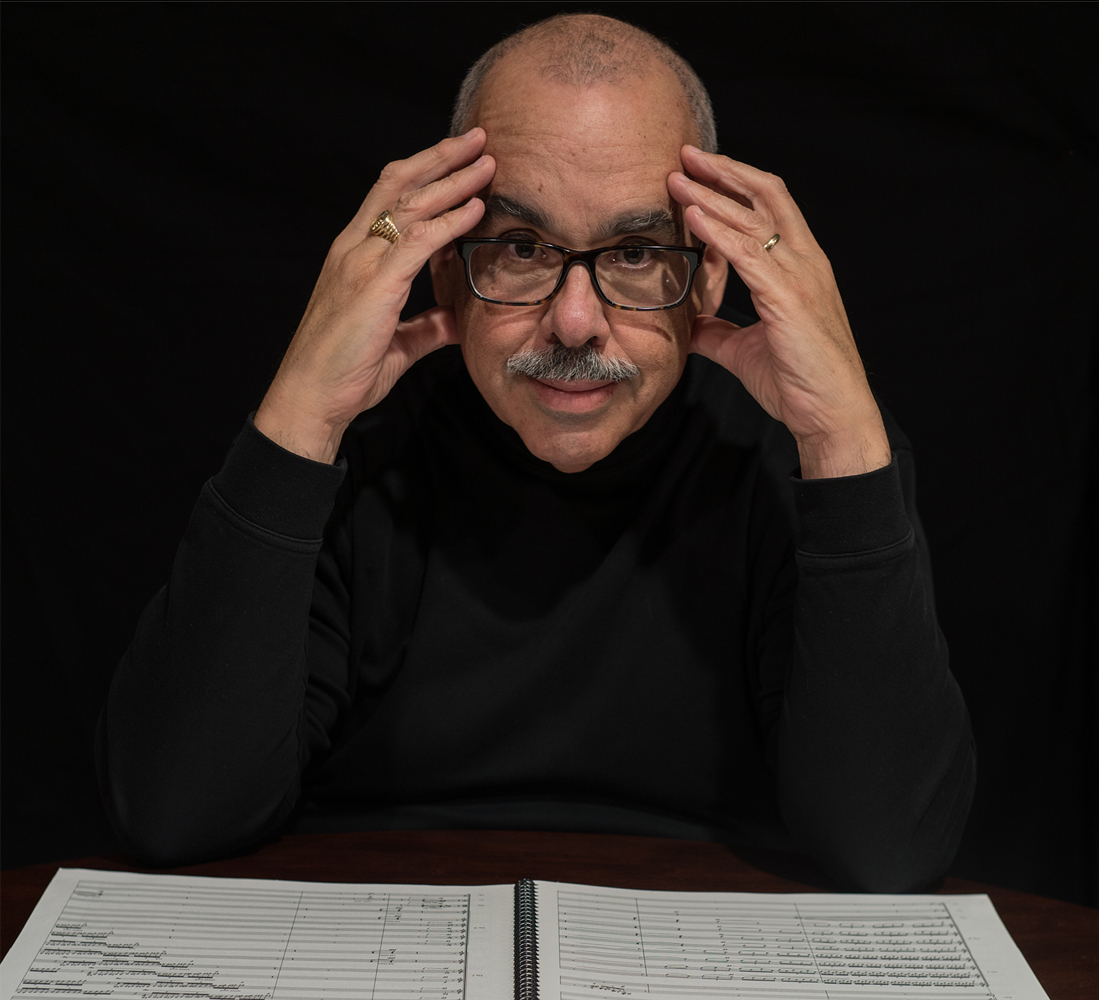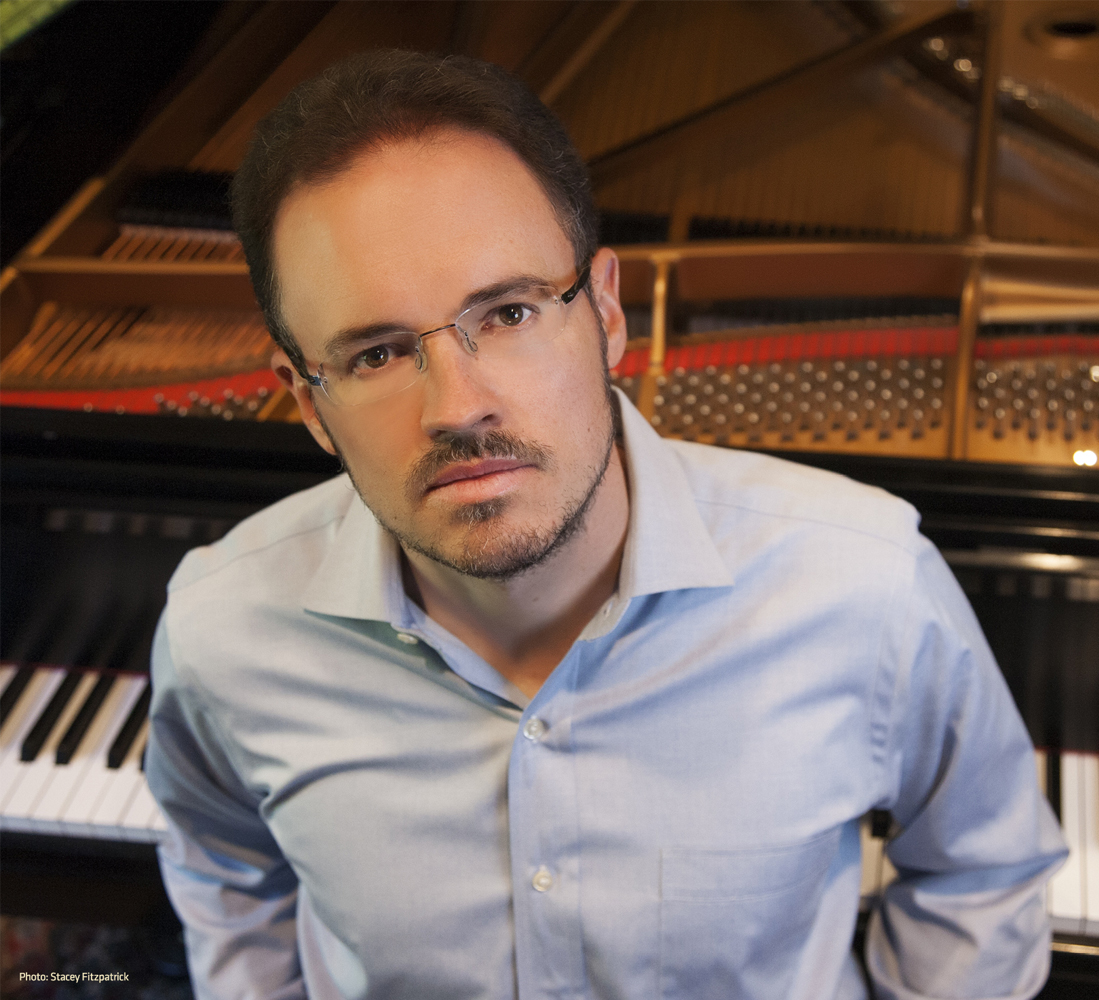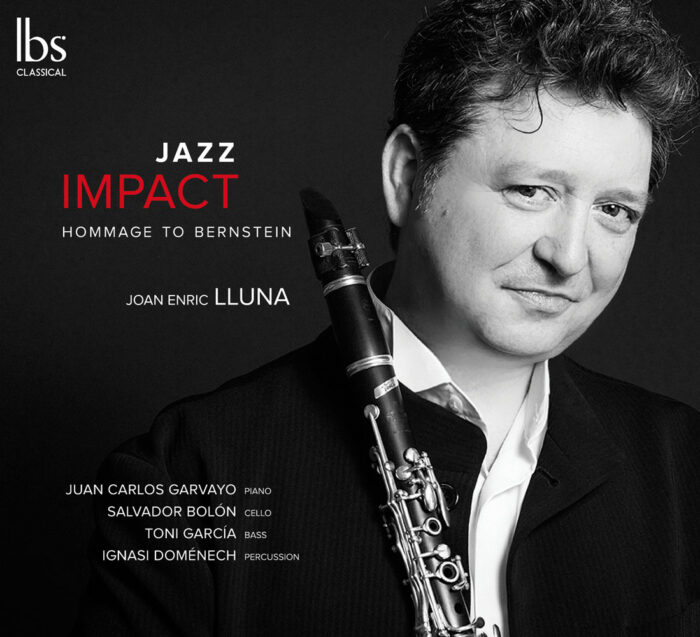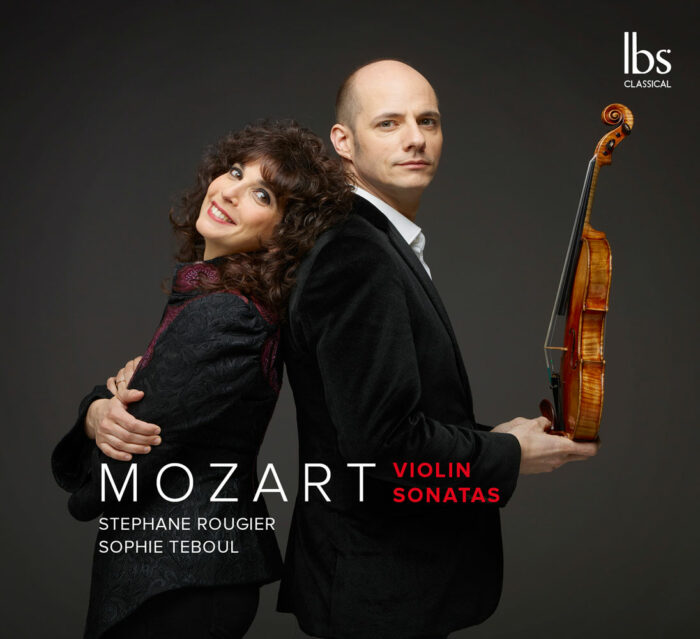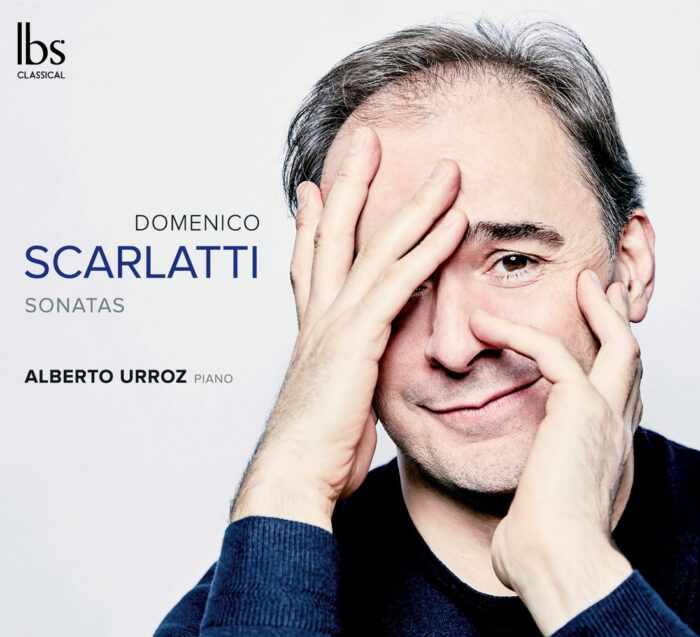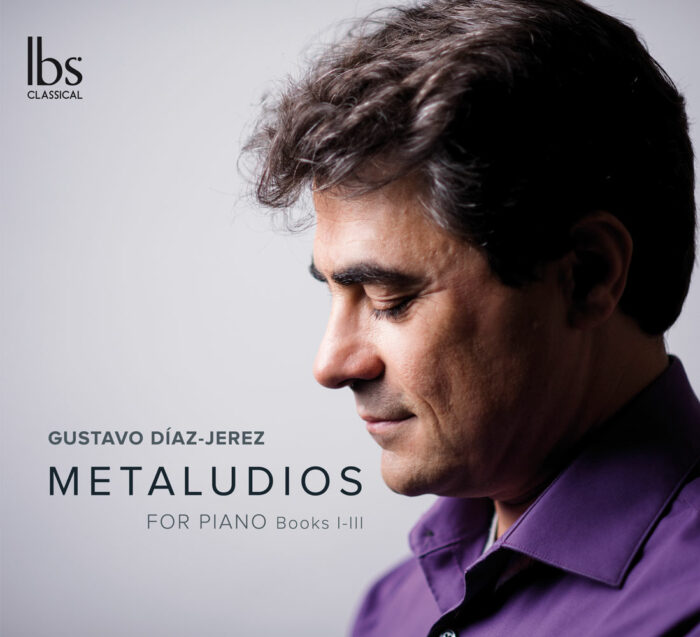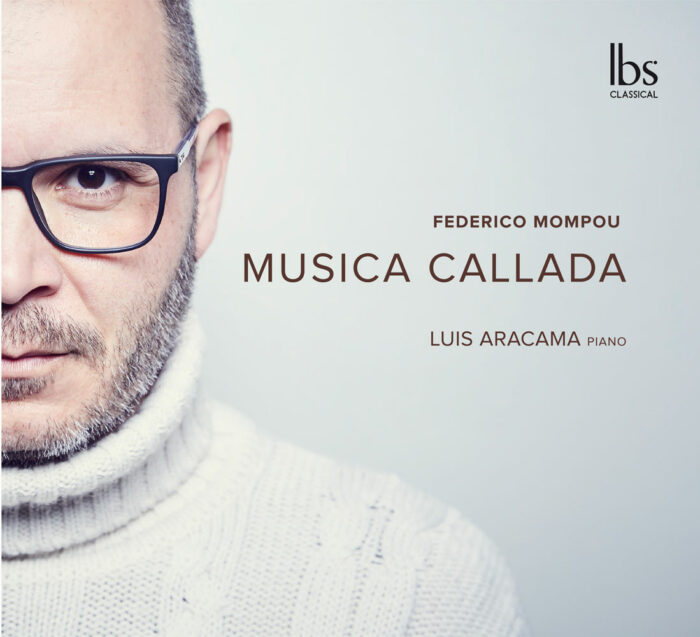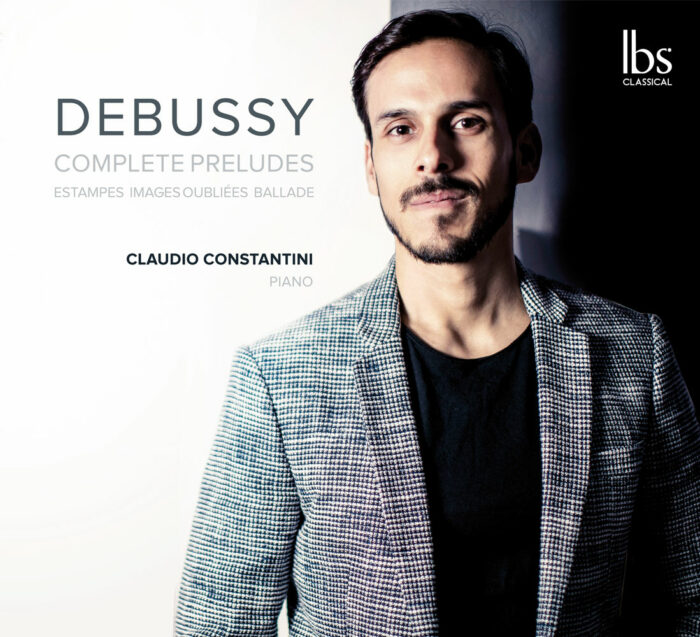Piano Etudes
As the title indicates, in my Estudios (Etudes) I explore not only the technical aspects of piano playing but also those that relate to the sonority of the instrument. The idea of a rhythmic study is evident from the beginning of the first etude, where the left hand creates the illusion of slowing down by changing its rhythmic values. I also explore the concept of sonority in this first etude. In certain passages, I wrote specific instructions for the use of the right pedal, requiring the pianist to press it down immediately after striking a chord. This creates a ghost resonance, a radically different sound from ordinary pedaling. Also, holding the pedal for long stretches of time transforms the sonority of the instrument, and creates complex sounds only attainable in that way. The etudes are not only technically demanding for the fingers, but they also require the virtuosic handling of all three pedals.
Each etude has a particular focus that distinguishes it from the rest, as in number 2 where a short melodic motive repeats while the rhythmic structures remain independent from the motive. The techniques of ostinato and rhythmic displacements are prevalent in the set, and they are used to define structural elements in the music. In the fifth etude I use dynamics to create layers, which stratify the linear texture into different strands. Dynamics play an important role in my explorations of piano sonorities. My use of highly contrasting dynamics is important to create unique new resonances in the instrument. The shortest etude in the set is the eighth, the most complex both in terms of dynamics and the use of pedals. This brief piece is a deep exploration of piano sound. The collection ends with a bravura toccata that incorporates many of the structural aspects and other techniques described above. (Roberto Sierra)
Piezas Líricas
The mysterious landscapes of the Piezas Líricas serve as a foil to the bustling excitement of the Estudios. The resonance and clarity of the acoustic in Auditorio Manuel de Falla offers the perfect ambience for these pieces, lending them the spiritual breadth they require. The inspiration of the Alhambra seems even to lend them a special aura of timelessness and mysticism. The Piezas Líricas showcases broad, expressive melodic lines, passages of solemn character, and often much slower harmonic rhythms. These features can be felt particularly in the opening and closing movements and in numbers 6, 10 and 12.
The “cubist” architecture of the collection is an excellent fit for the kaleidoscopic quality of Sierra’s imagination. As the sections joined together become shorter and shorter, the listener experiences many abrupt juxtapositions of mood, tempo, and dynamics. The set reveals Sierra’s keen sense of pacing extremes of slow vs. fast tempi and slow vs. fast rates of harmonic change: the first four numbers make a gradual accelerando; the middle of the set juxtaposes nervously agitated music against slow and spacious pieces; and the cycle resolves itself with a dreamy, Schumann-like “lifting of the veil” into C major in the final piece.
The mosaic-like compositional style presents numerous technical challenges because of the precision required to shift rhythm, dynamics, and accents on a dime. That becomes especially tricky with the maniacally agitated material found for instance in numbers 8, 9, and 13. Essential for success are the conductor’s skill in locating precise tempi and dynamic levels while shifting rapidly from one style of music to another. The clarity of the texture also exposes every nuance and detail of the performance. However, performing skill – so much in the forefront in the Estudios – plays only a supporting role here to the essential lyricism of the work. (Matthew Bengtson)
Album for the young
Album for the Young offers a striking contrast to both the turbo-charged virtuosity of the Estudios and the high-art sophistication of Piezas Líricas. The Album offers directness, charm, and even naïveté. The musical material represents scenes and ideas of childhood or family life, with folk-like simplicity. Unlike the well-known models, it is derived primarily from Latin-American musical elements. Many sets of children’s pieces include several more challenging pieces for adults to play, or ones that children might aspire to play later when their technique is ready for them. The “Toccatina,” “Etude,” and “Postlude” all belong to this category. Adults, contemplating their childhood from a distance, can find some pieces for their own needs in these collections, despite their simple mode of speaking. “Meditation,” “Autumn,” and “Moonlight” all fulfill that role. Finally, there are the pieces that have the special power to connect immediately with a child’s imagination. “The Dog Chasing its Tail,” “Snow,” and “Thunderstorm” have every right to become favorites of youth piano recitals, with their winning combination of vividness, compactness, and technical approachability. (Matthew Bengtson)


